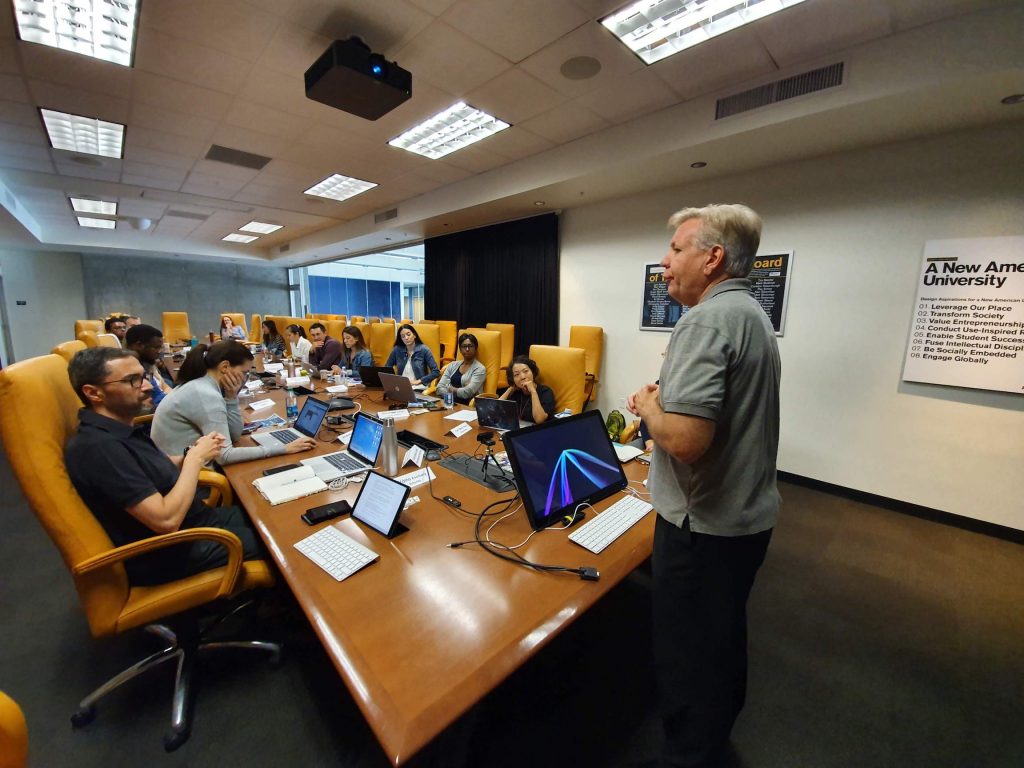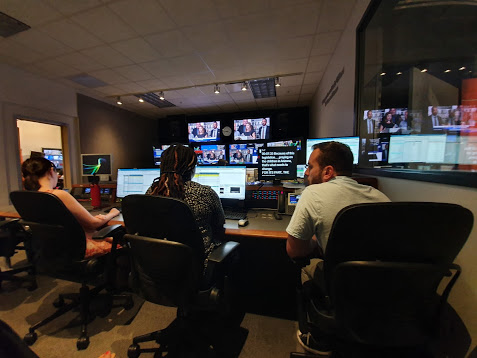The journalism teaching hospital
The quest to save the journalism profession persists. The symptoms of its death abound; so do the theories about resuscitating it. Will it take a mere CPR (cardiopulmonary resuscitation)? Many claim that technology and social media are the main causes, puncturing the heart of journalism practice, resulting in a fatal challenge to the industry.
In the last three weeks, SUSI Scholars have identified Donald Trump, politics, fake news, inadequate training and lack of financial sustainability among the systemic problems severely crippling the journalism profession worldwide. Pessimists have predicted its death. Even more contentious is debate on the survival of print newspapers. “Many newspapers have closed down, others are diminishing,” observes Christopher Callahan, Cronkite Dean and Vice Provost of Arizona State University.

Will the entire profession follow newspapers to the grave? Perhaps the Cronkite School of Journalism and Mass Communication has the answer.
This week, scholars undertook the quest to save the industry into the classroom: the pedagogy of journalism education. Not an ordinary classroom, but what Dean Callahan calls a “teaching hospital, in which students have the ability to experiment and innovate.”
Callahan draws the analogy of America medical school education to illustrate the pedagogy of a journalism teaching hospital. Accordingly, using Cronkite News, students are immersed into a deep learning design of professional practice.

In a semblance of a hospital operating theatre, students at Cronkite are coached in studios and news rooms by faculty (who look like medical doctors). It is believed that this professional environment results in powerful outcomes that help the community.
It might appear that this teaching hospital approach is an antidote for what Callahan labels as the “crap journalism” currently practiced by many news media.
The teaching hospital is undoubtedly a brilliant concept. But will it solve the chronic problems faced by the profession? Certainly not! It is just one piece of a jigsaw puzzle. One surgery successful; the quest continues.